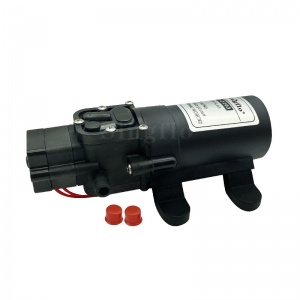 12 volt electric backpack Knapsack agricultural battery powered sprayer pump
12 volt electric backpack Knapsack agricultural battery powered sprayer pump
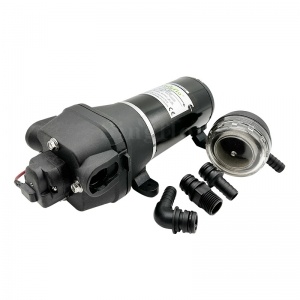 FL-35 12 volt 12.5Lpm on demand best marine motorhome RV diaphragm water pump for sale
FL-35 12 volt 12.5Lpm on demand best marine motorhome RV diaphragm water pump for sale
 1100GPH DC Small Electric marine sailboat battery operated marine bilge pump factory
1100GPH DC Small Electric marine sailboat battery operated marine bilge pump factory
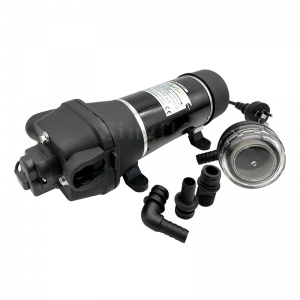 Singflo 220V AC FL-43 40PSI 17Lpm high flow marine sea water pump for caravan/boat
Singflo 220V AC FL-43 40PSI 17Lpm high flow marine sea water pump for caravan/boat
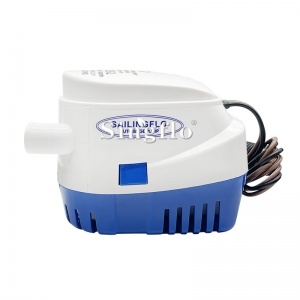 Factory 1100GPH best small marine automatic bilge pump with float switch for boats
Factory 1100GPH best small marine automatic bilge pump with float switch for boats
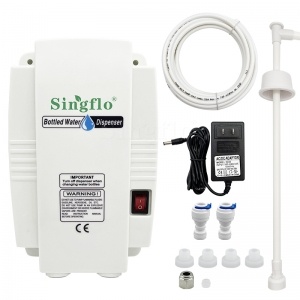 BW4003A AC Bottled Electric water bottled dispenser system pump for ice maker
BW4003A AC Bottled Electric water bottled dispenser system pump for ice maker
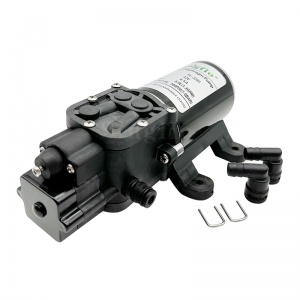 100psi DC small electric agriculture ATV sprayer pump
100psi DC small electric agriculture ATV sprayer pump
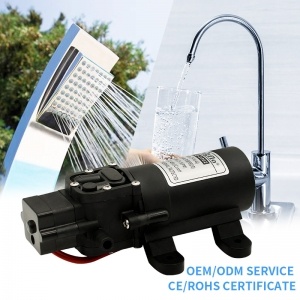 best 35psi 4.3LPM 12 volt RV electric marine sea water pump for sale
best 35psi 4.3LPM 12 volt RV electric marine sea water pump for sale
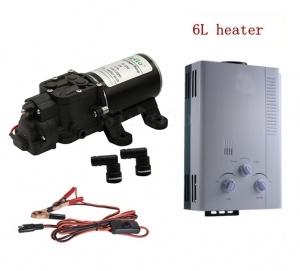 Portable gas hot water heater 65PSI 6.0LPM Self-priming water pump camping Caravan 4WD
Portable gas hot water heater 65PSI 6.0LPM Self-priming water pump camping Caravan 4WD
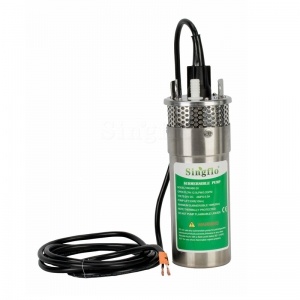 Factory YM2460-30 4'' 12LPM Submersible deep well solar powered bore water pumps Stainless Steel Body
Factory YM2460-30 4'' 12LPM Submersible deep well solar powered bore water pumps Stainless Steel Body
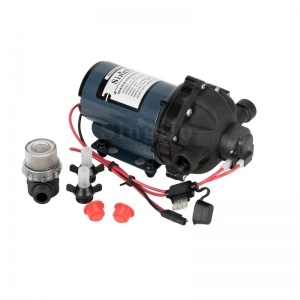 High capacity 20LPM 12v water pump 70PSI pressure raw water washdown pump
High capacity 20LPM 12v water pump 70PSI pressure raw water washdown pump
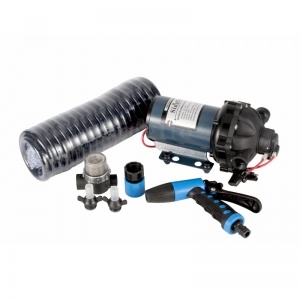 New 20LPM 70psi 12v marine super duty deck portable washdown pump kit
New 20LPM 70psi 12v marine super duty deck portable washdown pump kit
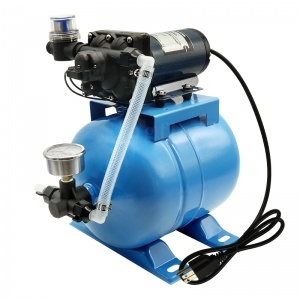 New 115V 3GPM 12.5LPM 40psi water booster diaphragm pump with 8L accumulator tank system
New 115V 3GPM 12.5LPM 40psi water booster diaphragm pump with 8L accumulator tank system
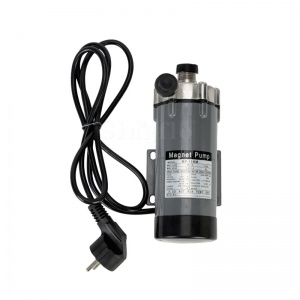 Manufacturer MP-15RM Homebrew Beer Magnetic Pump With Stainless Steel Head
Manufacturer MP-15RM Homebrew Beer Magnetic Pump With Stainless Steel Head
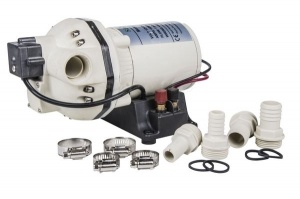 Factory 30-50LPM 12V/24V High Flow Electric Diaphragm pump
Factory 30-50LPM 12V/24V High Flow Electric Diaphragm pump
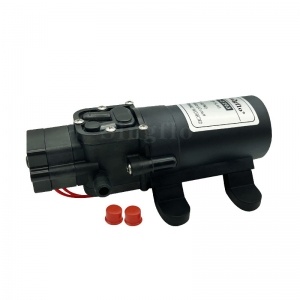 Singflo FLO-2203 12 volt diaphragm water pump agricultural battery powered electric sprayer pump
Singflo FLO-2203 12 volt diaphragm water pump agricultural battery powered electric sprayer pump
 New available 3GPM 12 volts 55psi RV diaphragm water freshwater system pump low noise pump
New available 3GPM 12 volts 55psi RV diaphragm water freshwater system pump low noise pump
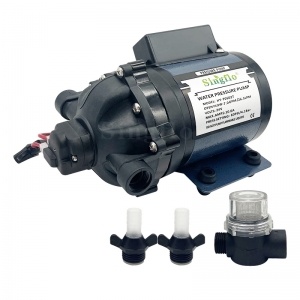 Singflo HY-70601T 7GPM 12 volt small car wash 60psi agricultural 12v diaphragm water pump
Singflo HY-70601T 7GPM 12 volt small car wash 60psi agricultural 12v diaphragm water pump
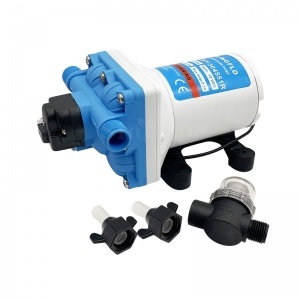 Singflo 12V 3GPM 55psi heavy duty freshwater delivery RV water pump
Singflo 12V 3GPM 55psi heavy duty freshwater delivery RV water pump
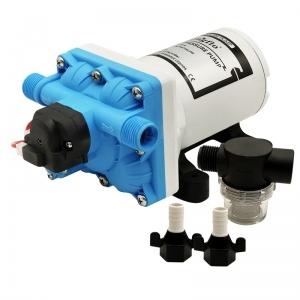 Singflo 3GPM 4GPM 5GPM 55psi revolution marine 12v priming rv water pump
Singflo 3GPM 4GPM 5GPM 55psi revolution marine 12v priming rv water pump

Most people don’t take bilge pumps seriously unless they’ve had a boat flooded or sunk already. That’s a mistake. Sinking at the dock is one thing, but sinking 20 miles offshore is bad news. All it takes is one faulty exhaust hose to fill a hull full of water. The size of your bilge pump needs to work with the size of your boat. Any boat that is over 16 feet in length will want to invest into two pumps instead of just one.
How Many Compartments Are There?
1. In general, if you have a compartment on your boat that doesn’t allow water to flow freely, then it needs to have one of the best boat bilge pumps that are available right now. This means you’ll need to look at every compartment on your boat to determine if bulkheads are in place. If they are, then you’ll need a pump for each compartment if you’re following best practices.
Outboards Have Special Needs
2. The weight of the engine on an outboard motor or a stern drive, for that matter affects the flow of water in the boat. Instead of the lowest point being in the center of the boat, the lowest point is actually in the aft section. If you have a self-bailing cockpit, it won’t take much water in the bilge to sink the boat. Make sure the pump isn’t installed where you can’t reach it in case you may need to fix it.
Capacity Matters
3. Only small boats can get away with an 800gph pump. The idea that any pump is going to actually expel the amount of water in gallons per hour that it claims to be able to do is an unreasonably expectation. Any boat over 16 feet should have a 1500gph bilge pump at minimum. You can use this guide to help you choose how big your pump should be. Most bilge pumping requires vertical motion, so a 1500gph bilge pump would get rid of 750 gallons per hour. Then you’ll need to purchase two of them in most cases to truly be safe.
Redundancy Is Important
4. Installing the best boat bilge pump correctly is just as important as having the right pump on hand. If your primary pump is installed at the low point of the bilge, then consider installing the pump about 10 inches higher above the first pump level so that you’ll have a backup system that can kick-in when there is a need for it. This will also help to keep some of the debris that forms over time in the bilge from fouling up your redundant systems.
Open or Closed Switch?
5. Although closed float switches help to protect them from debris, it makes it impossible to test the switch. It’s also pretty common for sludge to foul up the switch and clog up the entire process. It becomes a lot like the hair that gets bunched up in a bathtub drain. It’ll still work, but not as well, and that could put your boat into trouble.
The best boat bilge pump will give you enough power to free your bilge of the extra water that could flood or sink your boat faster than you might realize. Don’t ignore this. A flooded bilge only needs to happen once to put your life at risk.
copyright © 2025 Xiamen Youme Electric Co., Ltd.. All Rights Reserved dyyseo.com
top